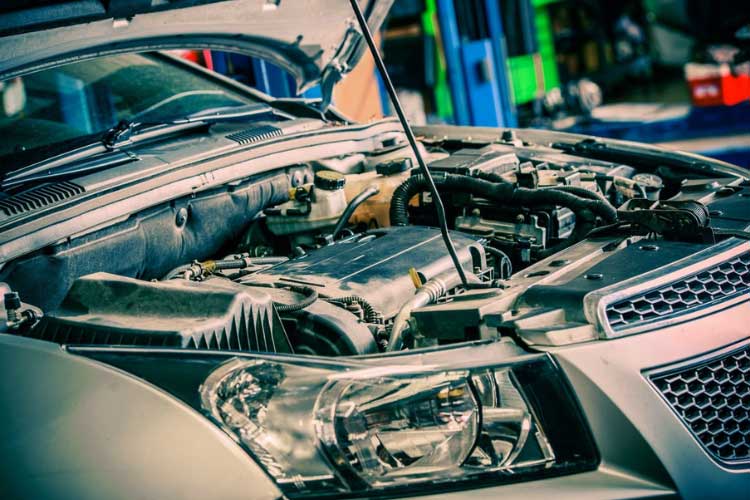Why Is My Car Shaking After Battery Change? (How To Fix?)
Replacing the old battery after it frequently dies out is the best option to keep the vehicle running. However, you might have experienced your car shaking after the battery change.
So, why is my car shaking after the battery change? Replacing the battery without a power backup causes your car ECU to lose its tuning information. To fix this problem, allow the car to idle for about 15 minutes to relearn the non-ideal parameters.
This article covers the main reasons for car shaking after a battery change and possible ways to fix such problems. In addition, find information on how to properly change the battery without affecting the car’s stability.
Why Is My Car Shaking After Battery Change?

Let’s look at the possible causes of a car shaking after the battery change in detail.
1. Power loss to the ECU
Disconnecting the battery without a power backup causes a loss of power to the ECU. The ECU goes off and loses its preset parameters based on the vehicle’s operational condition.
Before changing the battery, the ECU system is adapted to operate with compensation for some of the prevailing faulty issues. Some of these problems include;
- Worn-out piston rings
- Clogged injectors
- Worn-out head gaskets
- Tiny vacuum leaks
- Cracks on the engine block
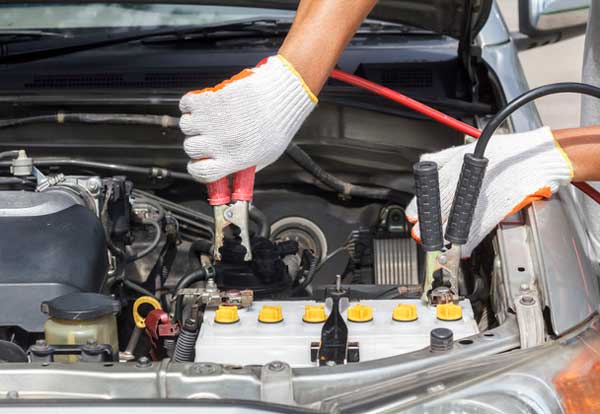
The ECU operates with these non-ideal parameters by compensating for the loss they bring to the overall vehicle’s performance. Changing the battery resets the compensation settings the vehicle’s computer had set.
Thus, the car has problems starting and also shakes while vibrating for the first 15 minutes. This problem ceases as you drive for the first few miles.
2. Vacuum Leaks Or Disconnection
While changing the battery, you must be careful with the vacuum lines. That is because a tiny leak in the vacuum lines causes a loss of keep alive memory. Memory is a balance between the ideal operations of the vehicle and the expected engine functioning.
For example, a car with a clogged injector nozzle causes a limited fuel supply to the combustion chamber. To adjust that problem, the ECU compensates for that deficit by triggering the engine to operate under such non-ideal conditions.
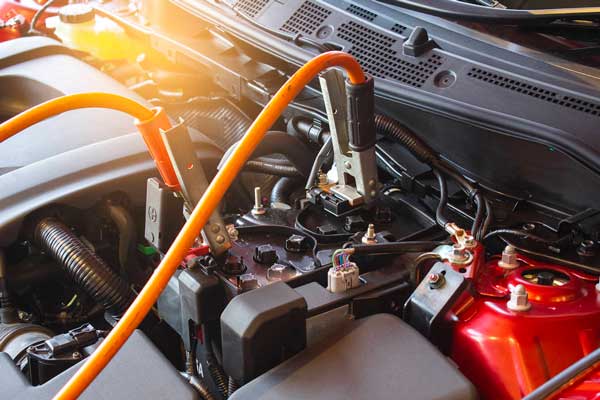
A change in the battery causes the resetting of such compensations, causing your car to shake.
How To Fix A Shaking Car After Battery Change?
If your car shakes excessively, leave it idle for 15-20 minutes and then turn it off. On starting the engine, the shaking problem should be solved.
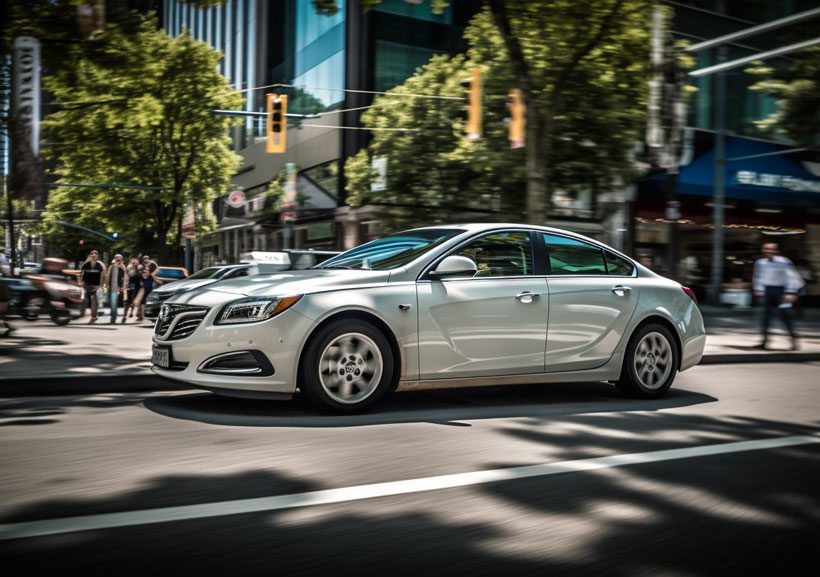
Otherwise, in a true sense, the ECU has already compensated for the faulty systems in your vehicle. ECU slowly detects the faults in the vehicle’s operational mechanism as you move and readjust to them. It fixes the prevailing problems, and you may rarely notice any change.
Idle Relearn Procedure After Battery Replacement
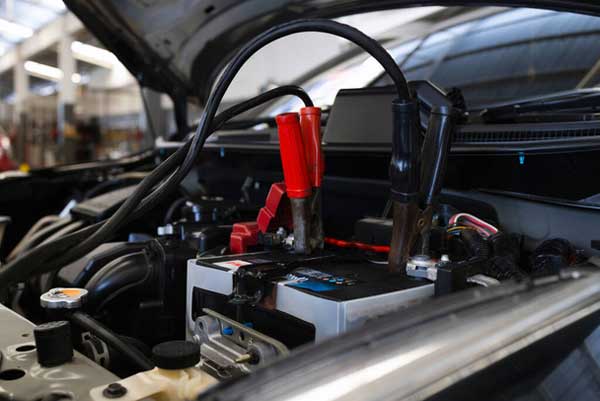
Let’s learn how to quickly perform the idle relearn procedure after battery replacement. Follow the steps.
Step 1: Circle The Key Twice Before Ignition
Put the key in the ignition port and circle/twist it twice, as it is indicated in the video below.
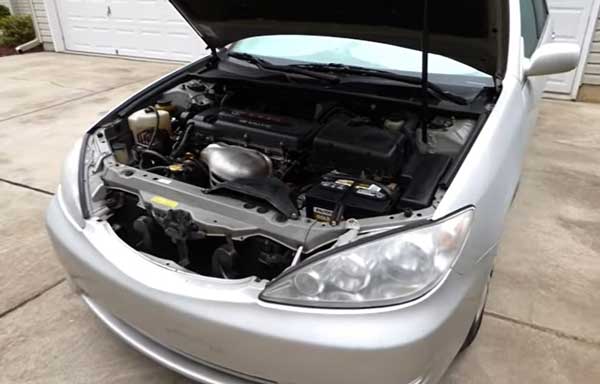
Step 2: Press Your Foot On The Brake Pad and Start the Car
- Press and keep your foot on the brake pads before starting the vehicle. Feel the brakes to affirm they are firm when the car engine is off.
- Start the engine and still maintain the foot on the brake pad.
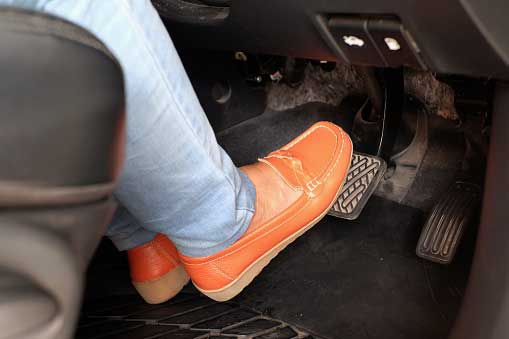
Step 3: Engage The Handbrake/Emergency Brake
Engage the handbrake by pulling it upwards, or if it’s a footbrake, release the foot emergency brake. Ensure your foot is still pressing on the brake pad.
Step 4: Engage The Drive Gear
Engage the car on the drive gear and let the car idle for 15 minutes with the foot still on the brake pad. You will feel the vehicle idling into a smooth run with time.
Do not turn off the car until the idle is smooth with no vibrations. Observe the speedometer for a stabilized position of the pointer once the idling clears the shaking problem.
Watch this video for more information on how to idle relearn the car after battery replacement-
Note:
- All accessories, such as the AC and the radio, should be off to allow for maximum idling capacity
- Keep the foot pressing on the brake pad until the shaking stops
- Do not accelerate the car until it gets to a smooth idling
How To Avoid Car Shaking Problems After Battery Changing In the Future?
It may be expected for your car to shake every time you change or disconnect the car battery. However, you can do the following tricks to avoid such problems.
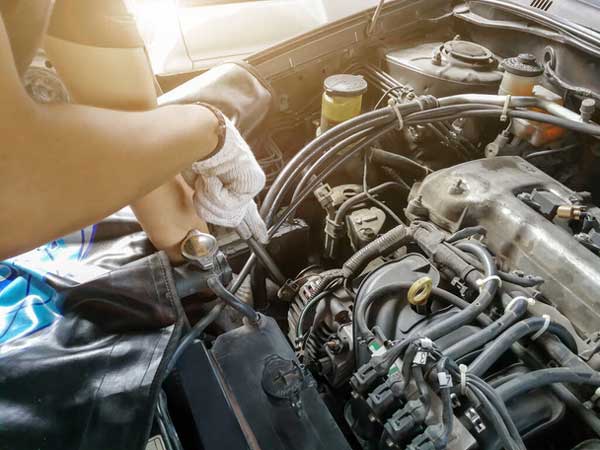
1. Use A Backup Power Source While Changing The Battery
Most garages have an extra battery that you can wire to the car cables to keep the vehicle powered as you change the battery. Such support the ECU and the computer system powered avoiding loss of alive memory.
Keep the power backup battery connected until you successfully change the battery.
2. Take The Least Time To Switch The Batteries.
If you don’t have a backup power source, replace the battery within the shortest time possible. The more the electrical system stays off without power, the more time it will take to relearn the idling procedure.
Have all the necessary tools and equipment before removing the batter for replacement.
“If your car is shaking after a battery change, you might find our articles on car shakes when heat is on and car shakes when starting then runs fine helpful. Our article on car shakes when heat is on discusses how cooling system issues, damaged engine components, or worn suspension parts can cause shaking when the heating system is turned on. Meanwhile, our article on car shakes when starting then runs fine explores some of the most common causes of this issue, such as vacuum leaks, ignition problems, or fuel system issues. Be sure to check out our resources on car shakes when heat is on and car shakes when starting then runs fine for more information.FAQs
Below are the frequently asked questions on car shaking after battery change.
Changing the battery without a backup causes power loss to the ECU. The ECU loses the alive memory of the prevailing vehicle operational conditions.
Putting a new battery resets the ECU’s compensation tricks; thus, the shaking problem as the ECU readjusts to compensate for the issues again.
No. Driving a shaking car is dangerous as the impact can cause instability or damage other engine components.
Instead, you must inspect the vehicle while idling to diagnose the ailing problem. For cars shaking after a battery change, allow it to idle for about 15 minutes before hitting back the road.
You can comfortably fix a shaking car problem without needing assistance from your mechanic. If the situation arises after changing the battery, you only need to let the vehicle idle to reset and adjust to the car’s prevailing conditions.
If the shaking problem persists, feel free to call for assistance from a mechanic.
Conclusion
Car shaking after battery change is a common problem, especially with Toyota vehicles. The leading cause is the loss of power to the ECU, which clears the alive memory that helps it compensate for faulty issues on your car.
Once you reinstall a new battery, the Ecu resets to default and operates as if the vehicle has no problems. The prevailing issues cause the car to shake for the first few minutes before the ECU readjusts to compensate them.

